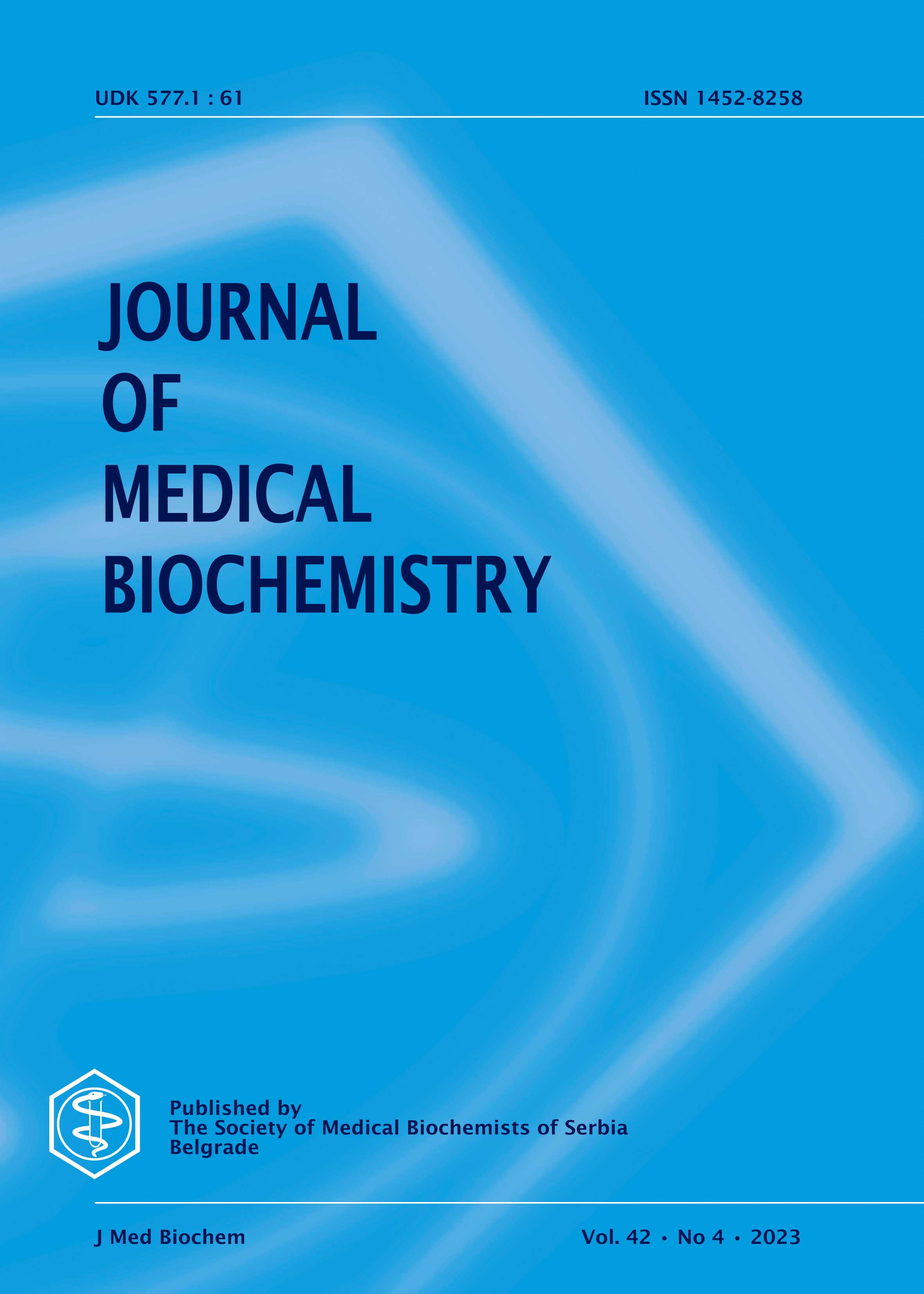Study on the value of serum miR-185-5p in assessing the degree of injury and prognosis of patients with traumatic brain injury
Abstract
Objective
This study aims to explore whether serum miR-185-5p levels are related to the degree of injury and prognosis of traumatic brain injury patients.
Methods
Quantify the serum miR-185-5p level of 120 TBI patients. The Glasgow Coma Scale (GCS) was used to grade the damage, and the Glasgow Outcome Scale (GOS) was used to evaluate the prognosis 3 months after the trauma. Pearson correlation analysis was performed to determine the relationship between serum miR-185-5p level and injury degree and prognosis, and the value of serum miR-185-5p level on injury degree and prognosis was evaluated by receiver operating characteristic (ROC) curve.
Results
The level of serum miR-185-5p in patients with moderate or severe TBI was significantly higher than that in the mild group, and the level of miR-185-5p was closely related to the GCS score and GOS score. Serum miR-185-5p levels higher than 0.36 can distinguish TBI patients with mild and moderate injury with a sensitivity of 72.97% and a specificity of 97.62%; higher than 0.43, a sensitivity of 46.34% and a specificity of 91.89% can be distinguished significantly TBI patients are moderately and severely injured; higher than 0.36, with a sensitivity of 96.30% and a specificity of 60.24%, significantly distinguish the poor prognosis of TBI patients. Serum miR-185-5p level becomes an independent predictor of TBI patients with poor prognosis for 3 months. Under the ROC curve, the serum miR-185-5p level showed an effective ability to discriminate adverse outcomes at 3 months.
Conclusions
Serum miR-185-5p level is significantly correlated with the degree of injury and poor prognosis of TBI patients at 3 months, indicating that serum miR-185-5p level may be a biomarker that provides supplementary prognostic information to identify the risk of poor prognosis in TBI patients.
Copyright (c) 2023 CaiHong Wu, AiYu Chen, Xiang Tong, LiZhen Tang, Tao Lu

This work is licensed under a Creative Commons Attribution 4.0 International License.
The published articles will be distributed under the Creative Commons Attribution 4.0 International License (CC BY). It is allowed to copy and redistribute the material in any medium or format, and remix, transform, and build upon it for any purpose, even commercially, as long as appropriate credit is given to the original author(s), a link to the license is provided and it is indicated if changes were made. Users are required to provide full bibliographic description of the original publication (authors, article title, journal title, volume, issue, pages), as well as its DOI code. In electronic publishing, users are also required to link the content with both the original article published in Journal of Medical Biochemistry and the licence used.
Authors are able to enter into separate, additional contractual arrangements for the non-exclusive distribution of the journal's published version of the work (e.g., post it to an institutional repository or publish it in a book), with an acknowledgement of its initial publication in this journal.

